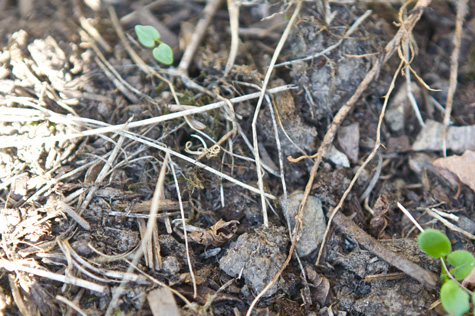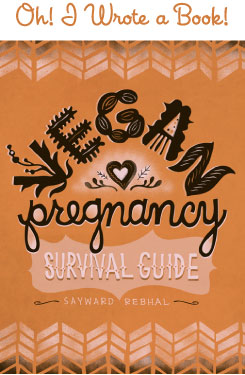
Maybe you missed the precious planting window this spring, and you’ve been kicking yourself in the arse all summer as your friends and neighbors harvest their beautiful bounty. Well don’t despair, my dear! Now it’s your turn to shine, ’cause it’s not too late to get those fall crops into the ground. But hurry – most areas consider mid-late August to be the cutoff. Make this weekend count!
Here’s just some of the AWESOME veggies you can still sow from seed:
arugula
beets
bok choy
broccoli
brussels sprouts
cabbage
carrots
cauliflower
chard
collards
kale
kohlrabi
mustard greens
onions
pak choi
red leaf lettuce
romaine
spinach
turnips (for bashed neeps and tatties)
and more, depending on your region . . .
Setting an autumn crop is actually often easier than the summer stuff, because pests are fewer and far between. Here’s how it goes:
- Prepare the plot as you would in spring, with plenty of quality soil, compost, and/or fertilizer.
- Root veggies (beets and turnips), cruciferous veggies (broccoli, cabbage, cauliflower, etc) and hardy greens (collards, kale, etc) all do well seeded directly into the ground. For the tender veggies, like lettuce, you may want to buy a transplant or start them yourself indoors.
- Plant seeds twice the depth you would in spring, to help protect them from high soil surface temperatures. That means 2-3 times the thickness of the seed.
- August is still deep summer and the heat will let you know it. Fragile seedlings require lots of moisture, so make sure your beds are well watered.
- Water in the early morning or late afternoon – NOT midday (you’ll lose the majority to evaporation) and NOT at night (this leaves the plants damp for too long and fosters molds and mildews).
- Fertilize fertilize fertilize!
- When your seedlings begin to take off, thin them out with a heavier hand than had in spring. I know it’s sad (I still say “I’m so sorry!” in my head every single time I pull up a seedling), but they’ll need that increased airflow and nutrient availability.
- Many of your veggies won’t survive the first hard frost. Tragic, but it’s part of the cycle. However, you can prolong their lives by tenting the beds with row covers (old sheets work great for this). Depending on your location, you may even be able to get your veggies to overwinter. Last year my neighbor had a kale plant that made it all the way through Arctic Blast 2008, with weeks of snow!

This season I tried a different approach than I did in spring. I’ve cleared out my planting bed (you may recognize it from where the snow peas used to reside) and divided it up into four quadrants. I’m planting out each quadrant, one at a time, for four weekends straight. All the quadrants have one row each of cauliflower, kale, beets, red lettuce, cabbage, and broccoli. This way my crops will be staggered as they mature, and hopefully I’ll be able to eat them as fast as they’re ready.
So, are you guys planning a fall garden? Already got one up and going? What are you growing?

-
Staar
-
me3



